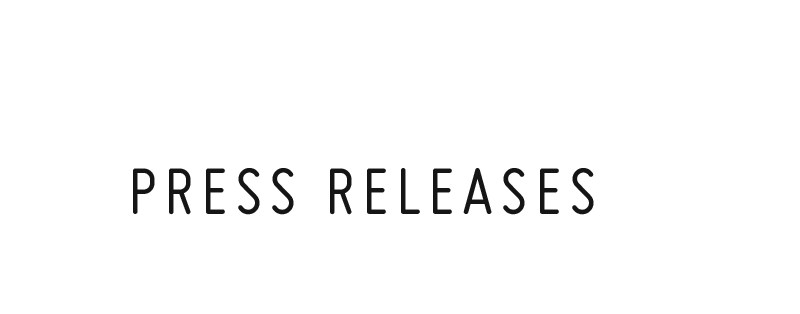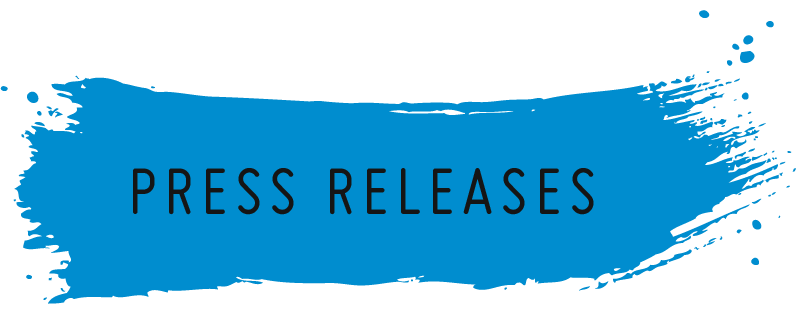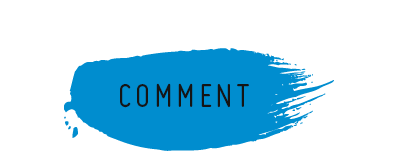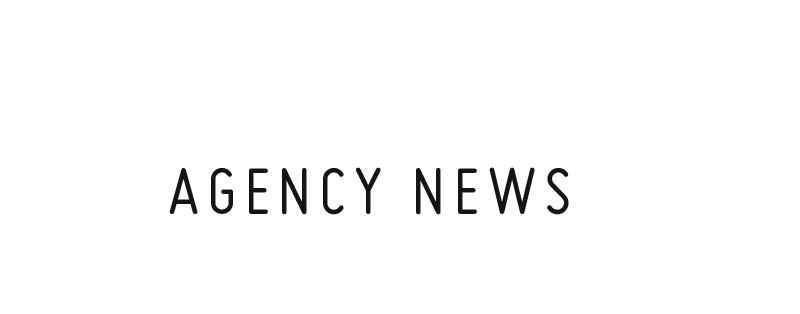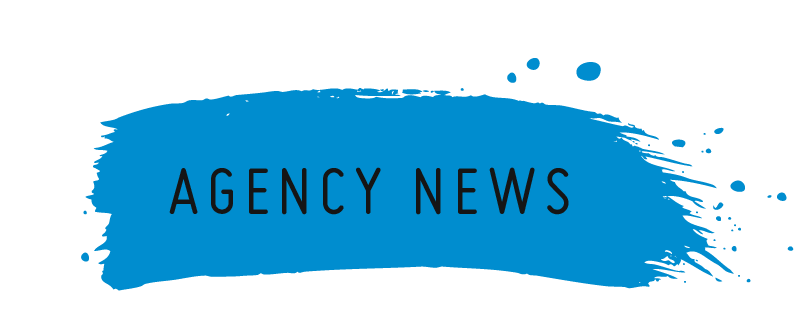- 3D Print Bureau
- 6K
- Agmatix
- Airwayz
- AM-Flow
- Appadda
- Caracol
- CG Trader
- CyberOptics
- e-Xstream
- GenCell
- GreenEye
- Impossible Objects
- Incus Media
- InkBit
- ITG
- JPB Systeme
- KeyProd
- Landa
- LEO Lane
- Lumet
- Magic Software
- MakerBot
- Marketiger
- Nano Dimension
- Paragon Rapid Technologies
- PearlX
- Plant & Bean
- Redefine Meat
- Replique
- Ripples
- Sakuu Corporation
- SolarEdge
- StoreDot
- Stratasys
- Sunrock
- The Bespoke Group
- Trigo
- UltiMaker
- Xjet
New MakerBot Report Reveals 74% of Companies Plan to Invest in 3D Printing in 2021
Findings from inaugural report signal mounting confidence in 3D printing’s ability to transform business operations
Over half of survey respondents plan to invest up to $100,000 in 3D printing technologies next year
BROOKLYN, NY, September 29, 2020 – MakerBot, a global leader in 3D printing, and subsidiary of Stratasys Ltd. (Nasdaq: SSYS), has released results from its new 3D Printing Trends Report, which includes over 1,200 responses from professionals across multiple industries, including Aerospace, Industrial Goods, Military & Defense. Medical, and Automotive. Key findings in the report reveal that nearly three-quarters (74%) of respondents are planning to invest in 3D printing technology in 2021, with 50% planning to spend up to $100,000.
“These findings confirm what we have known for some time – and that is the potential of 3D printing to transform business operations,” said Nadav Goshen, CEO, MakerBot. “When faced with the kind of challenges that businesses have had to contend with over the last 12 months, it is not unusual to see them cut all but the most critical capital expenditure. However, this is clearly not the case with 3D printing. While COVID-19 impacted the business operations of nearly 70% of the respondents, 56% said that it did not impact their investment plans in 3D printing. In fact, when respondents were asked what their investment plans were for next year, 74% stated that they still had plans to invest in 3D printing. This is an incredibly positive response which, we believe, signals growing confidence in 3D printing’s ability to improve resilience, responsiveness and, ultimately, the profitability of business operations.”
Other key findings of the MakerBot 3D Printing Trends Report include:
- Customization is the number one reason respondents use 3D printing. Respondents wanted the ability to create custom, low-to-mid-volume production parts (68%) and print complex geometries (57%).
- However, 3D printing continues to play a much bigger role in the research and design phases. Concept modeling (70%), functional prototypes (66%), and research and development (44%) were the main applications for respondents.
- Print quality and printer performance are top factors when choosing a 3D printer. A printer is only as good as its 3D-printed parts. Respondents stated that dimensional accuracy (61%) and reliability (65%) are the top factors influencing their printer selections.
- FDM® 3D printers are king. While there are a variety of 3D printing technologies, FDM remains the most frequently used. The majority of respondents (77%) use FDM/FFF 3D printers in their repertoire, while 27% use SLA technology. Unsurprisingly, plastics (93%) and resins (25%) were the main materials used.
- Costs and technical expertise are major barriers to implementing 3D printing. 53% of respondents say that lack of budget is preventing them from fully utilizing 3D printing, while 29% cite lack of technical expertise.
- Respondents expect the technology, materials, and applications to develop over the next 3-5 years. 61% of respondents expect more materials to emerge, while 58% expect the cost of using the technology to decrease.
“We are pleased to release the MakerBot 3D Printing Trends Report, our first report on the trends and factors that are impacting the use of 3D printing. 3D printing has come a long way since the early days of the technology in the 1980s. But as the technology moves from prototyping to production, we expect to see the expansion of its use and applications continue to grow at an exponential rate. As a supplier, we believe it is our responsibility to look at these behaviors to better understand the needs of users and, thus, be able to deliver better products and services,” added Goshen.
About the study
MakerBot surveyed over 1,200 professionals who are in its global network, from August 21-26, 2020. Respondents were based in North America (50%), Europe (20%), Asia (13%), Oceania (6%), Latin America (4%) South America (4%), Africa (2%), and the Middle East (1%). Respondents represented more than 20 industries, including Military & Defense, Aerospace, Automotive, Medical & Dental, Industrial Goods, Arts & Entertainment, and Consumer Goods. Job roles varied, with 37% in engineering or development, 20% in design, 9% in print / lab operations, 9% in senior management roles, 7% in production or manufacturing, 1% in procurement, 1% in supply chain operations, and 16% in other roles across their organization.
For the full report, visit https://pages.makerbot.com/pro3DPrintingTrendReport.html.
-
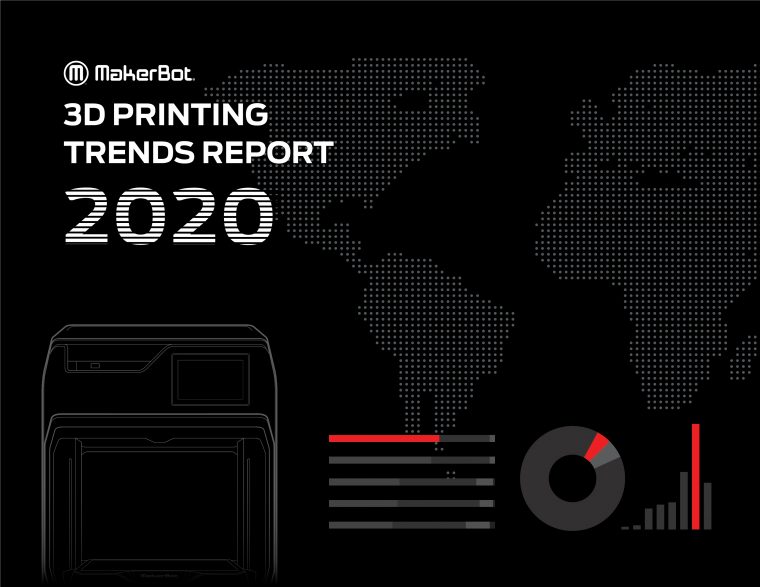 New MakerBot Trends Report Reveals 74% of Companies Plan to Invest in 3D Printing in 2021
New MakerBot Trends Report Reveals 74% of Companies Plan to Invest in 3D Printing in 2021
Click here to download 300dpi images
Neuer MakerBot-Bericht: 74 % der Unternehmen planen für 2021 Investitionen in 3D-Druck
Umfrageergebnisse zeigen verstärktes Vertrauen in das Potenzial des 3D-Drucks zum Verändern von Geschäftsabläufen.
Über die Hälfte der Umfrageteilnehmer haben vor, im kommenden Jahr bis zu 100.000 US-Dollar in 3D-Druck-Technologie zu investieren
BROOKLYN (US-Bundesstaat New York), 1. October 2020 – MakerBot, als Tochtergesellschaft von Stratasys Ltd. (NASDAQ: SSYS) ein weltweit führendes Unternehmen im 3D-Druck, hat Ergebnisse aus dem neuen Bericht zu 3D-Druck-Trends veröffentlicht. Dafür befragte MakerBot über 1.200 Fachkräfte aus unterschiedlichen Branchen, beispielsweise Luft- und Raumfahrt, Industriegüter, Militär und Verteidigung, Medizin sowie Automobilindustrie. Die wichtigsten Ergebnisse: Knapp zwei Drittel (74 %) der Befragten planen für 2021 Investitionen in 3D-Druck-Technologie; 50 % der Befragten werden voraussichtlich über 100.000 US-Dollar investieren.
„Die Umfrageresultate bestätigen, was wir schon seit einiger Zeit wissen: 3D-Druck hat das Potenzial, die Geschäftsabläufe zu verändern“, konstatiert Nadav Goshen, der CEO von MakerBot. „In den letzten zwölf Monaten hatten Unternehmen mit einigen Herausforderungen zu kämpfen. Unter solchen Bedingungen wäre es nicht ungewöhnlich, die Kapitalaufwendungen bis auf die allerwichtigsten Investitionen zurückzufahren. Im Bereich des 3D-Drucks ist das aber ganz klar nicht der Fall. COVID-19 hat bei knapp 70 % der Befragten die Geschäftsprozesse beeinträchtigt, aber 56 % gaben an, dass sich die Pandemie nicht auf ihre Pläne für Investitionen in 3D-Druck ausgewirkt hat. Auf die Frage nach ihren Investitionsplänen für das kommende Jahr antworteten 74 %, dass sie nach wir vor in 3D-Druck investieren wollen. Das ist eine sehr positive Reaktion – unserer Meinung nach zeigt sie wachsendes Vertrauen in das Potenzial des 3D-Drucks, die Widerstandsfähigkeit und Reaktionsfähigkeit sowie letztlich auch die Rentabilität des Geschäftsbetriebs zu verbessern.“
Dies sind weitere wesentliche Ergebnisse des MakerBot-Berichts zu 3D-Druck-Trends:
- Individualisierung ist bei den Umfrageteilnehmern der Hauptgrund für den Einsatz von 3D-Druck. Die Befragten wünschen sich die Möglichkeit, individuelle Produktionsteile in kleinen bis mittleren Auflagen anzufertigen (68 %) und komplexe Geometrien zu drucken (57 %).
- Bei Forschung und Konstruktion spielt 3D-Druck weiterhin eine deutlich größere Rolle. Konzeptmodellierung (70 %), Funktionsprototypen (66 %) sowie Forschung und Entwicklung (44 %) waren die wichtigsten Einsatzzwecke bei den Umfrageteilnehmern.
- Druckqualität und Druckerleistung sind bei der Auswahl eines 3D-Druckers die wichtigsten Kriterien. Ein 3D-Drucker ist immer nur so gut wie die mit ihm gedruckten Teile. Die Befragten gaben an, bei der Druckerauswahl vor allen auf Maßhaltigkeit (61 %) und Zuverlässigkeit (65 %) zu achten.
- FDM®-3D-Drucker sind an der Spitze. Unter den verschiedenen 3D-Druck-Technologien kommt FDM nach wie vor am häufigsten zum Einsatz. Die meisten Umfrageteilnehmer (77 %) nutzen FDM/FFF-3D-Drucker, 27 % setzen das SLA-Verfahren ein. Wenig überraschend waren Kunststoffe (93 %) und Harze (25 %) die am stärksten verwendeten Materialien.
- Kosten und fehlendes Fachwissen sind bedeutende Hinderungsgründe, die der Einführung von 3D-Druck im Weg stehen. 53 der Befragten gaben an, durch Budgeteinschränkungen von einer kompletten Nutzung des 3D-Drucks abgehalten zu werden; bei 29 % ist mangelndes technisches Know-how der Grund dafür.
- Die Befragten prognostizieren für die nächsten drei bis fünf Jahre eine Weiterentwicklung bei Technologie, Materialien und Anwendungen. 61 % der Umfrageteilnehmer erwarten, dass weitere Materialien auf den Markt kommen; 58 % gehen von sinkenden Kosten der Technologie aus.
„Wir freuen uns über die Veröffentlichung des MakerBot-Berichts zu 3D-Druck-Trends – es ist unser erster Bericht, in dem es um die Trends und Einflussfaktoren geht, die sich auf die Nutzung von 3D-Druck auswirken“, so Nadav Goshen weiter. „3D-Druck hat sich seit den Anfängen der Technologie in den 1980er-Jahren enorm weiterentwickelt. Mit dem Übergang von Prototypen zur Produktion erwarten wir eine weitere Zunahme der Nutzung und Anwendungsbereiche – mit exponentiellen Wachstumsraten. Wir meinen, dass es als Anbieter in unserer Verantwortung liegt, uns das Nutzungsverhalten genauer anzusehen. Dadurch können wir die Anforderungen der Nutzer besser verstehen und somit auch bessere Produkte und Dienstleistungen bereitstellen.“
Informationen über die Studie
MakerBot befragte vom 21. bis zum 26. August 2020 über 1.200 Fachkräfte aus dem eigenen globalen Netzwerk. Die Umfrageteilnehmer waren in Nordamerika (50 %), Europa (20 %), Asien (13 %), Ozeanien (6 %), Lateinamerika (4 %), Südamerika (4 %), Afrika (2 %) sowie im Nahen Osten (1 %) ansässig. Die Befragten gehörten über 20 Branchen an, darunter Militär und Verteidigung, Luft- und Raumfahrt, Automobilindustrie, Medizin und Zahnmedizin, Industriegüter, Kunst und Unterhaltung sowie Konsumgüter. Die Tätigkeitsbereiche der Befragten waren unterschiedlich: 37 % arbeiteten auf dem Gebiet Technik oder Entwicklung, 20 % im Bereich Konstruktion/Gestaltung, 9 % im Druck-/Laborbetrieb, 9 % in leitenden Managementpositionen, 7 % in der Produktion bzw. Fertigung, 1 % in der Beschaffung, 1 % im Lieferkettenbetrieb und 16 % in anderen Positionen innerhalb ihres Unternehmens.
Der vollständige Bericht kann über die folgende Seite abgerufen werden: https://pages.makerbot.com/pro3DPrintingTrendReport.html.
-
 New MakerBot Trends Report Reveals 74% of Companies Plan to Invest in 3D Printing in 2021
New MakerBot Trends Report Reveals 74% of Companies Plan to Invest in 3D Printing in 2021
Click here to download 300dpi images
